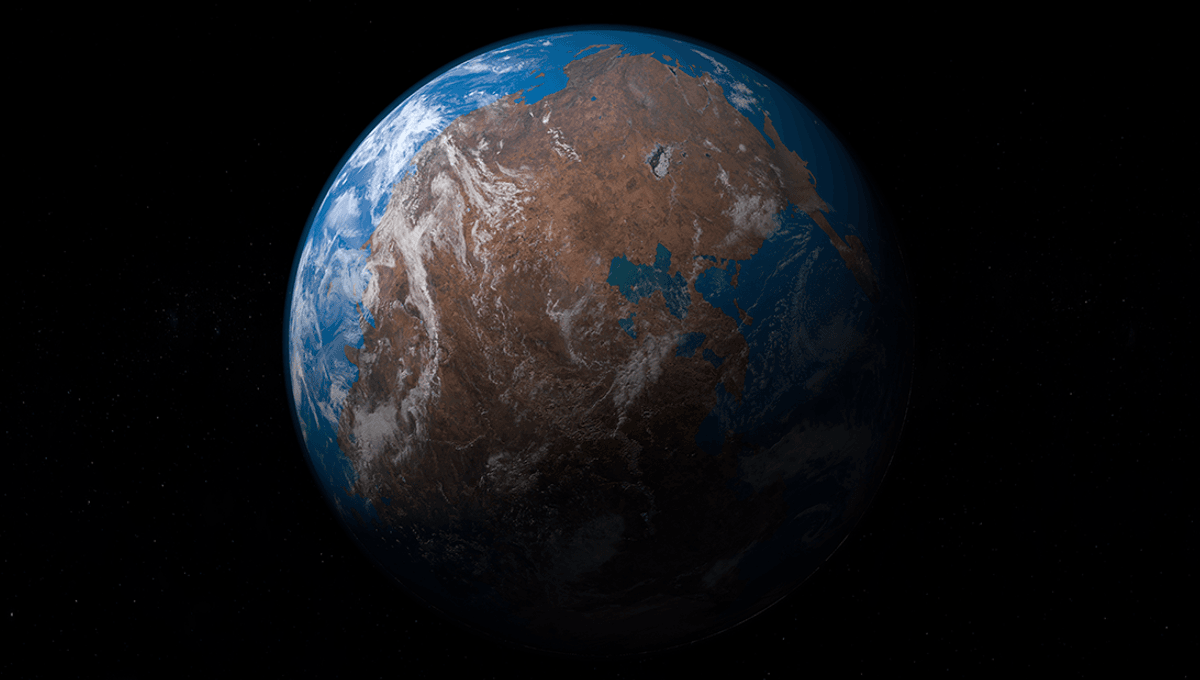
We now know the Earth is around 4.5 billion years old, while the planet’s core is about two years younger than that thanks to the time-dilating effects of gravity. But how did we figure that out?
Early attempts at calculating the age of the Earth using science came up a little short. In 1844, physicist William Thomson (aka Lord Kelvin) came up with an idea of how to measure the Earth’s age. He assumed that in the beginning, the Earth was a big molten blob in space. By looking at how long it would take the planet to cool to the state it’s in now, he reasoned that he could figure out the age of the world itself.
Doing the math years later, he estimated the Earth to be around 20-400 million years old. This was at odds with a number of things, such as geology, Darwin’s ideas of how long it would take animal evolution to take place, and the fact that he only believed the Sun to be less than around 20 million years old.
Thomson’s estimates were created before radiometric dating, which gave us a much more accurate way to age rocks.
“The ages of Earth and Moon rocks and of meteorites are measured by the decay of long-lived radioactive isotopes of elements that occur naturally in rocks and minerals and that decay with half lives of 700 million to more than 100 billion years to stable isotopes of other elements,” the US Geological Survey explains on their website. “These dating techniques, which are firmly grounded in physics and are known collectively as radiometric dating, are used to measure the last time that the rock being dated was either melted or disturbed sufficiently to rehomogenize its radioactive elements.”
Using radiometric data allows us to gain a much more accurate idea of how old rocks are. However, dating Earth rocks can only give us a minimum possible age for the Earth. The oldest rock we have found so far, from the Acasta Gneiss Complex of northwest Canada, dates from around 4.02 billion years ago. This gives us a minimum age, as we can safely assume that Earth is not younger than its oldest rock. Unless you are willing (and somehow able) to analyze every rock on the planet, though, it’s not possible to get an estimate of the maximum age of the planet through this method alone. The oldest rocks on Earth could have slid down into the Earth’s mantle, too, making aging the Earth difficult.
Instead, scientists looked at rocks from the Moon and other bodies in the solar system, where this recycling of rocks is not an issue. In 1953, geochemist Clair Cameron Patterson examined meteorite samples from a rock that fell in Arizona, containing plenty of lead isotopes used for radiometric dating. These samples were dated to between 4.53 billion and 4.58 billion years, with the range thought to be due to the ~50 million years in which the solar system evolved.
Further measurements of space rocks, and more study of how the solar system has evolved, has allowed us to refine our estimates.
All “explainer” articles are confirmed by fact checkers to be correct at time of publishing. Text, images, and links may be edited, removed, or added to at a later date to keep information current.
Source Link: How Did We Figure Out How Old The Earth Is?